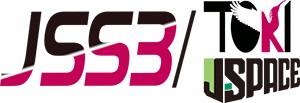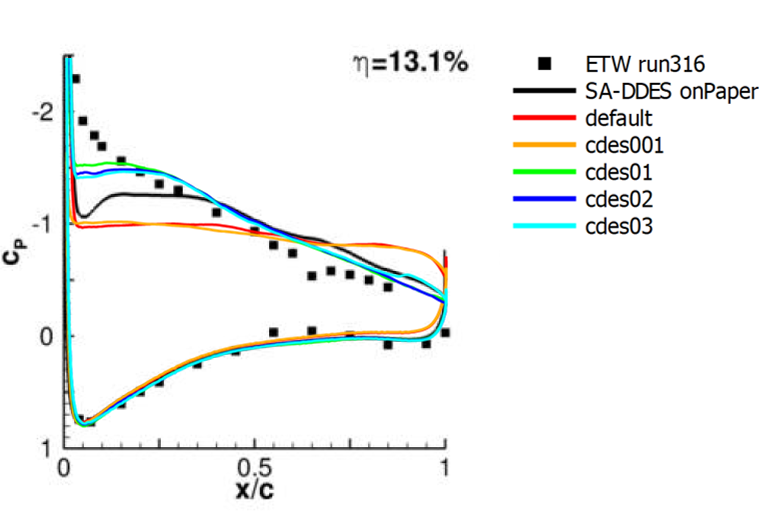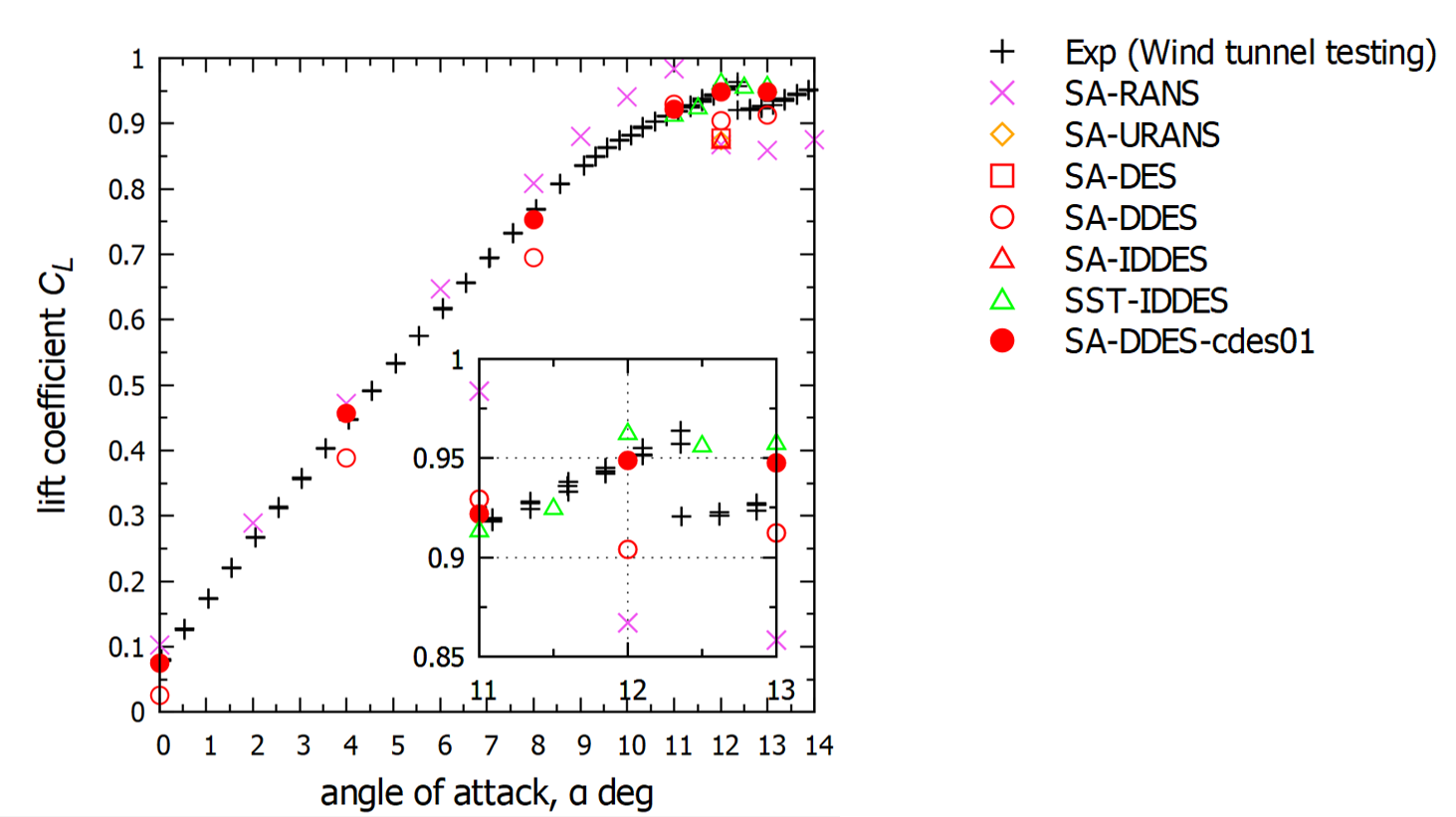Numerical study on low-speed buffet
JAXA Supercomputer System Annual Report April 2019-March 2020
Report Number: R19ETET26
Subject Category: Skills Acquisition System
- Responsible Representative: Takashi Aoyama, Aeronautical Technology Directorate, Numerical Simulation Research Unit
- Contact Information: Masashi Kanamori(kanamori.masashi@jaxa.jp)
- Members: Masashi Kanamori, Takahiro Yoshikawa
Abstract
Low-speed buffet is an aerodynamic vibration phenomenon that occurs during low-speed and high-angle-of-attack conditions. In order to safely fly an aircraft, it is important to analyze low-speed, high-angle-of-attack flows where low-speed buffet can occur. Therefore, in this project, CFD analysis is performed for around aircraft. As a method, DDES using RANS near the wall and LES in other areas is performed. In this DDES, we analyze RANS / LES switching closer to the wall. We aim to find analytical solutions that are closer to experimental values than conventional calculations.
Reference URL
N/A
Reasons and benefits of using JAXA Supercomputer System
It is absolutely necessary to prepare a computational grid with high-resolution near the separated zone in order to predict a low-speed buffet phenomenon accurately. The number of grid point is of the order of tens of millions, which is prohibitively large from a view point of a computation with a personal computer. The processing capability of JSS2 is therefore necessary for our research.
Achievements of the Year
In this our research, NASA-CRM was analyzed under two flow conditions. In the DDES analysis method, the switching position of RANS / LES is changed using the model parameter Cdes. Cdes = 0.65 is the default value. If it is larger than this, the RANS region expands, and if it is smaller, the RANS region narrows.
The first condition of the flow is an experiment performed with the European Transonis Windtunnel(Lutz et al., AIAA 10.2514/6.2015-1094, 2015), and the experimental values are compared. It can be seen that the cross-sectional pressure distribution at the blade root, which was difficult to reproduce by CFD analysis, approaches the experimental value when Cdes is reduced to about 0.1 (Fig. 1).
Next, it compares with the experiment performed in the low-speed wind tunnel of JAXA(Uchiyama et al., AIAA 10.2514/6.2019-2190, 2019). DDES analysis with Cdes of 0.1 gave better agreement on lift coefficients (Fig. 2).
Publications
N/A
Usage of JSS2
Computational Information
- Process Parallelization Methods: MPI
- Thread Parallelization Methods: N/A
- Number of Processes: 480
- Elapsed Time per Case: 240 Hour(s)
Resources Used
Fraction of Usage in Total Resources*1(%): 0.16
Details
Please refer to System Configuration of JSS2 for the system configuration and major specifications of JSS2.
| System Name | Amount of Core Time(core x hours) | Fraction of Usage*2(%) |
|---|---|---|
| SORA-MA | 1,430,169.20 | 0.17 |
| SORA-PP | 1,858.61 | 0.01 |
| SORA-LM | 1,293.87 | 0.54 |
| SORA-TPP | 0.00 | 0.00 |
| File System Name | Storage Assigned(GiB) | Fraction of Usage*2(%) |
|---|---|---|
| /home | 476.84 | 0.40 |
| /data | 9,765.63 | 0.17 |
| /ltmp | 1,953.13 | 0.17 |
| Archiver Name | Storage Used(TiB) | Fraction of Usage*2(%) |
|---|---|---|
| J-SPACE | 0.00 | 0.00 |
*1: Fraction of Usage in Total Resources: Weighted average of three resource types (Computing, File System, and Archiver).
*2: Fraction of Usage:Percentage of usage relative to each resource used in one year.
JAXA Supercomputer System Annual Report April 2019-March 2020




